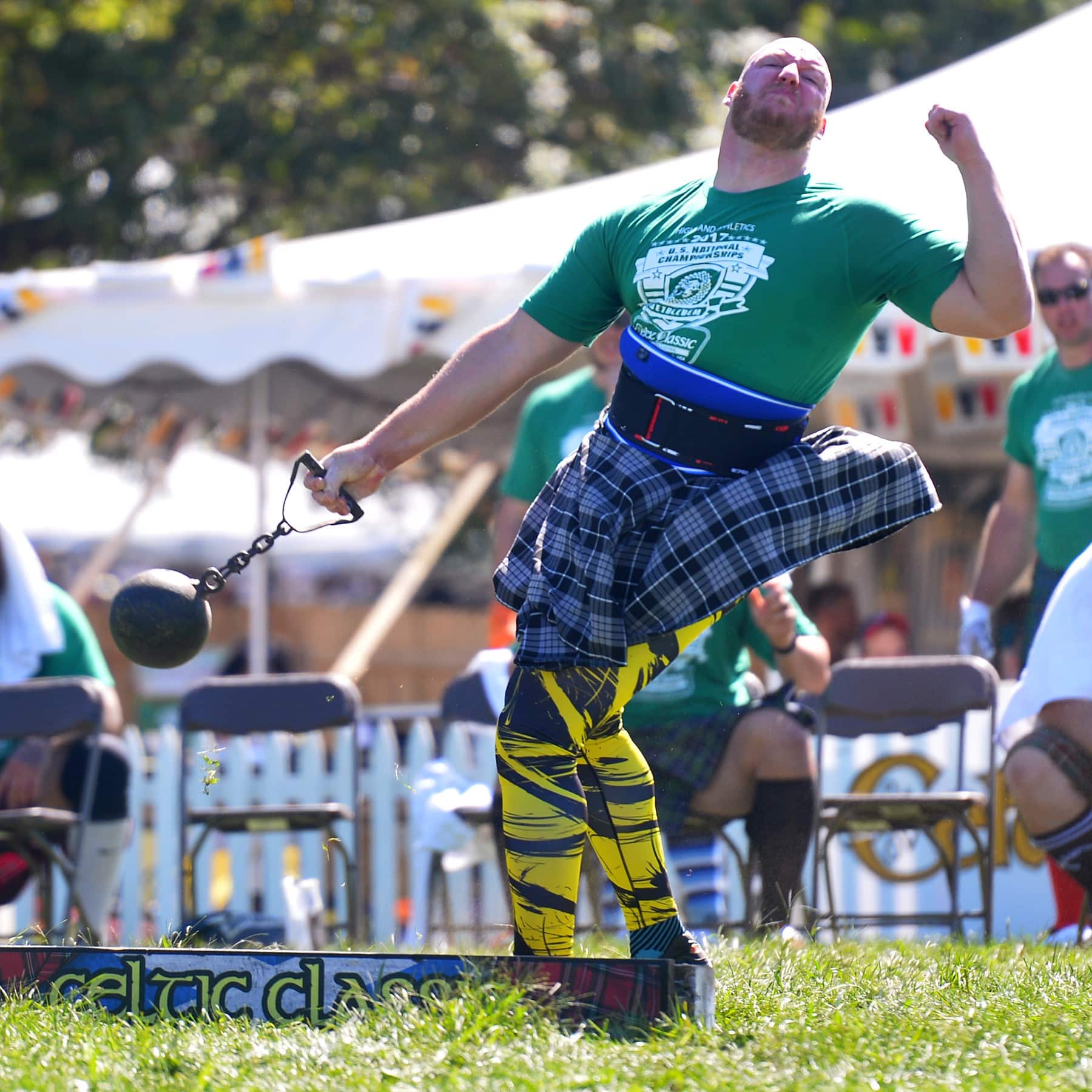Celtic Classic and the Braemar Gathering
Muiskfest hath ended. And now, here at Donegal Square and McCarthy’s Red Stag Pub, we have our eyes set on the next great festival in the city of Bethlehem- CELTIC CLASSIC! This festival is a weekend of celtic fun- featuring many traditions from each of the celtic nations. It has been held every year, in the last weekend of September, since 1988. One of Celtic Classic’s most spectacular events is the U.S. National Highland Games Championship. As Celtic Classic was intended to represent all the Celtic cultures, the Highland Games is the epitome of Scottish-ness. In Braemar, Scotland, on the first Saturday of September, a day of these games is held. This day is known as the Braemar Gathering.
History
For nine hundred years, a gathering of some kind has been being held at Braemar. Legend has it that Highland games of this kind were exhibited so far back as the days of King Malcolm Canmore. Malcolm III was King of Scotland from 1058 to 1093.
But not until the 1830s, during the reign of Queen Victoria, was the Braemar Gathering, as it is known today, officially established. Since 1848, The Gathering has been attended regularly by the reigning Monarch of the United Kingdom and other members of the Royal Family. The foot races (such as sprinting, relays, etc.) held at the Braemar Gathering are considered the world’s oldest, because they have been organized on an annual basis by the same body (The Braemar Royal Highland Society) since 1832. That’s the year Queen Victoria added the “Royal” to the name. She had to ;). Now, what exactly takes place at these Highland Games? What games exactly are being played? Here are some of the most notable events one can expect to see at the Braemar Gathering, or at Celtic Classic’s Highland Games this September!
Scottish Hammer Throw
The Scottish hammer throwing is quite similar to hammer throwing as seen in the Olympics games. However, the Scottish version of hammer consists of a ball attached to a wooden or plastic shaft, rather than a steel wire. The Scottish throwers are required to keep their feet stuck in one place as they throw, while the Olympians turn in a circle. In order to keep their feet in place, the Scottish hammer throwers wear a specially designed cleat of sorts, with metal spikes at the toe which dig into the grass. These shoes also come in handy to resist the centrifugal forces of the hammer as it is whirled above the head of the competitor.
Caber Toss
Rumor has it that most of the events during these Highland games were invented to train the off-duty warriors. When a stream needed to be forded in the middle of winter, the Scotts would hack a tree down, and use it as a bridge across a river. And so, the caber toss was invented, the most recognizable event of the Highland Games. You know, the man in a kilt tossing a tree trunk roughly 16 feet long, and wide enough for someone to walk on. Targes (or shields), battle axes, broadswords, balls and chains, were the state of the art weapons of the time. Every Scottish warrior was equipped with some, if not all, of these.
The Sheaf Toss
The sheaf toss is believed to have been adapted for the sake of the wee farmers recruited to partake in Highland games. The only weapons they had were pitchforks and hoes. So naturally, these were incorporated into an athletic contest. The sheaf toss requires the thrusting of a heavy load of hay, about 20 pounds, over the head of the thrower. Whoever’s hay reaches the highest in the air, over a bar, wins the contest.
Stone Put
More throwing and thrusting! This event is divided into two separate ones dependent on the stone: there is the Braemar Stone, and the Open Stone. The Braemar Stone is a stone weighing between 20 and 26 pounds. The throwing of this stone, no run up is to the toe board is allowed. One simply must throw it as far as he possibly can while standing put! The Open Stone, however, does allow a run up to the toe board. The catch here is that the Open Stone is a little lighter, at 16 pounds. Lightness combined with a running start means that the stone is expected to be thrown further than the Braemar Stone. Besides the impressive yardage the throwers can achieve, another unique quality of the Stone Put is the way in which the stone is nestled between the shoulder and neck of the thrower.
Legacy
Come to Celtic Classic for this side of the Atlantic’s rendition of the Braemar Games. This year marks the 14th year that the U.S. National Highland Games is calling Celtic Classic it’s home. The competitors in this championship are amongst the highest ranked Highland Athletes in the world. They are certainly something to behold, and not to be missed. These games carry on traditions hundreds of years old, and exhibit the strength, stamina, and exhilarating competitiveness of the human spirit. Come bear witness to some remarkable feats, and explore the history and heritage behind it. See you at Celtic Classic!
